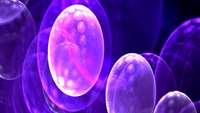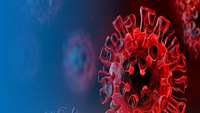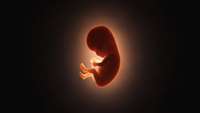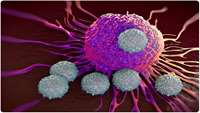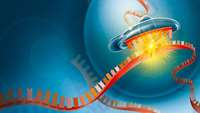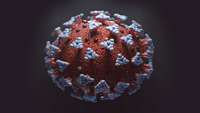New method to boost supply of life-saving stem cells
Researchers at the Center for Genomic Regulation (CRG) in Barcelona and Columbia University in New York City have identified a protein that is critical for the expansion of typically scarce, life-saving blood stem cells.
'SILENT' MUTATIONS GAVE THE CORONAVIRUS AN EVOLUTIONARY EDGE
We know that the coronavirus behind the COVID-19 crisis lived harmlessly in bats and other wildlife before it jumped the species barrier and spilled over to humans.
Keratins are asymmetrically inherited fate determinants in the mammalian embryo
To implant in the uterus, the mammalian embryo first specifies two cell lineages: the pluripotent inner cell mass that forms the fetus, and the outer trophectoderm layer that forms the placenta1.
Blocking energy pathway reduces graft-versus-host disease while retaining anti-cancer effects of T-cells
MUSC Hollings Cancer Center researchers identified that blocking an alternative energy pathway for T-cells after hematopoietic stem cell transplant helps reduce graft-versus-host disease (GVHD) in an animal model of leukemia.
'BAH-code' reader senses gene-silencing tag in cells
University of North Carolina Lineberger Comprehensive Cancer Center researchers have identified a new and evolutionarily conserved pathway responsible for "closing down" gene activity in the mammalian cell. The finding is closely related to the Polycomb pathway defined decades ago by a set of classic genetic experiments carried out in fruit flies.
Depleting decidual precursor cells linked with pregnancy loss
Scientists from Warwick Medical School at the University of Warwick (Coventry, UK) have discovered that the reduction of decidual precursor cells in the womb lining may lead to recurring pregnancy loss. This research was recently published in the journal STEM CELLS.
New protein neutralizes COVID in tiny human kidney
Northwestern Medicine scientists have developed a new protein that acts as a trickster to neutralize the COVID-19 infection in a human kidney organoid, a miniature organ made from stem cells in the lab.
New research sheds light on vision loss in Batten disease
Progressive vision loss, and eventually blindness, are the hallmarks of juvenile neuronal ceroid lipofuscinosis (JNCL) or CLN3-Batten disease.


